Affected by the hurricane, crude oil inventories and supply, WTI crude oil and Brent crude oil futures prices stood at two-month highs. Overall, WTI crude oil prices rose 3.2% weekly, and Brent crude oil prices rose 3.3% weekly. According to analysis by Busan, an oil market analyst at Rystad Energy, Norway’s largest independent energy research company, oil prices may not rise further in the short term, and the market is likely to be at the top of the curve.
The natural gas market has also been affected by the hurricane, and the European region is experiencing a round of energy crisis as a result. In addition to soaring natural gas prices, European natural gas futures prices also hit a record high this week, followed by a sharp rise in the cost of electricity. Analysts predict that price increases will not end soon, and market tensions may continue throughout the winter.
In addition, a major leap in the field of space tourism this week, SpaceX sent the world‘s first “all-civilian crew” into space orbit, marking the entry of human spaceflight into the private sector; UK CPI data reached a 9-year high in August, and European stocks are under pressure; The Bank of America released a list of 14 future technologies, aiming to find the next “Apple” or “Amazon”. Brain-computer interfaces, metaverses, and bionic human bodies are on the list. Fed senior officials went to stocks, and Fed Chairman Powell ordered a comprehensive review.
More content, just in “Weekly International Finance”.

Hurricane affects inventories, international oil prices are at a two-month high
Analyst: Oil prices may already be at the top of the curve

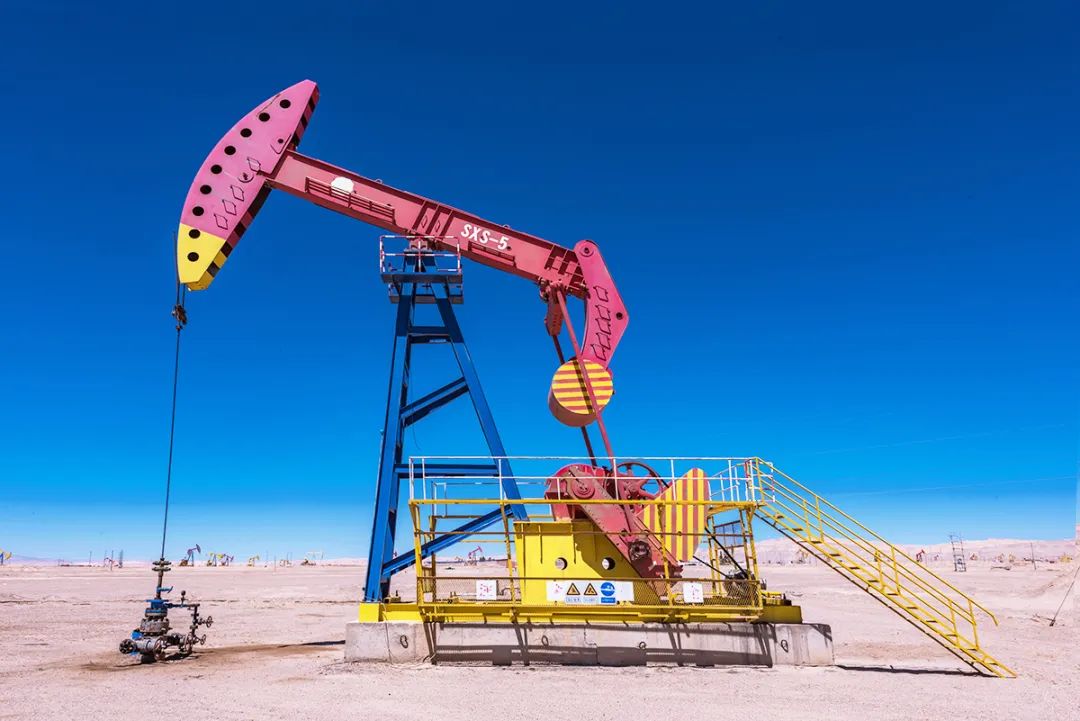
Picture source: every photo by reporter Lan Suying
On September 16, local time, the West Texas Intermediate Crude Oil (WTI) futures price for October delivery on the New York Mercantile Exchange took a breather after rising for four consecutive days, closing at $72.61 per barrel, the same as the closing price of the previous day. It is the highest closing price since July 30. Brent crude oil futures for November delivery on the European Intercontinental Exchange closed at $75.67 per barrel, the highest closing price since late July.
On Friday, oil prices corrected slightly, and WTI crude oil futures fell 0.64 US dollars to close at 71.97 US dollars per barrel. Brent crude oil futures fell 0.33 US dollars to close at 75.34 US dollars per barrel. Rystad Energy, Norway’s largest independent energy research company, oil market analyst Nishant Busan told the “Daily Economic News” that oil prices have reached such a high level in the past few days because of supply disruptions and reduced inventories.
Since the end of August, the United States has been affected by Hurricane Ida and Tropical Storm Nicholas, and crude oil inventories have fallen more than expected, and global supply has declined for the first time in five months.
The U.S. Energy Information Administration (EIA) said on the 15th that U.S. crude oil and fuel inventories fell sharply last week, as the U.S. Gulf of Mexico refineries and offshore oil facilities are still recovering from the attack of Hurricane Ida. EIA said that as of the week of September 10, crude oil inventories decreased by 6.422 million barrels to 417.4 million barrels. The survey estimated a decrease of 3.572 million barrels; gasoline inventories and distillate stocks decreased by 1.689 million barrels and 1.857 million barrels, respectively.
According to data from the U.S. Security and Environmental Enforcement Agency, as of the 15th, approximately 30% of oil and gas production in the U.S. Gulf of Mexico is still closed. According to reports, approximately 537,000 barrels per day of crude oil production and 879 million cubic feet per day of natural gas production capacity are in a state of suspension.
“At present, crude oil production, which was shut down due to Hurricane Ida, continues to resume, and refinery demand will be met. Therefore, oil prices are slightly lower than the premium of the previous few days. The oil price trend today (Friday) is logical and follows Market fundamentals.” Busan said, “However, the maintenance of Shell’s WD-143 distribution center will continue to affect the recovery of production. The data is reduced to 180,000-200,000 barrels per day.”
Busan said that “Nicholas” has not had any significant impact on upstream or downstream facilities for the time being, and it may be difficult to see further increases in oil prices in the short term. The market is likely to be at the top of the curve, and the recovery of production may depress oil prices unless global The supply was interrupted again.
From the perspective of global demand, Busan predicts that global oil demand will reach an average of 100.3 million barrels per day in 2022, an increase of 4.24 million barrels per day from 2021. If considering the slower vaccination process, oil demand is expected to only reach 99.07 million barrels per day. He believes that although the prospect of stronger oil demand in 2022 supports the bullish sentiment, there are still some uncertainties about the new crown epidemic.
Note: The above interview content only represents the views of the organization, does not represent the position of the “Daily Economic News”, and does not constitute investment advice.

The imbalance of supply and demand causes the price of natural gas to skyrocket
Europe faces an energy crisis

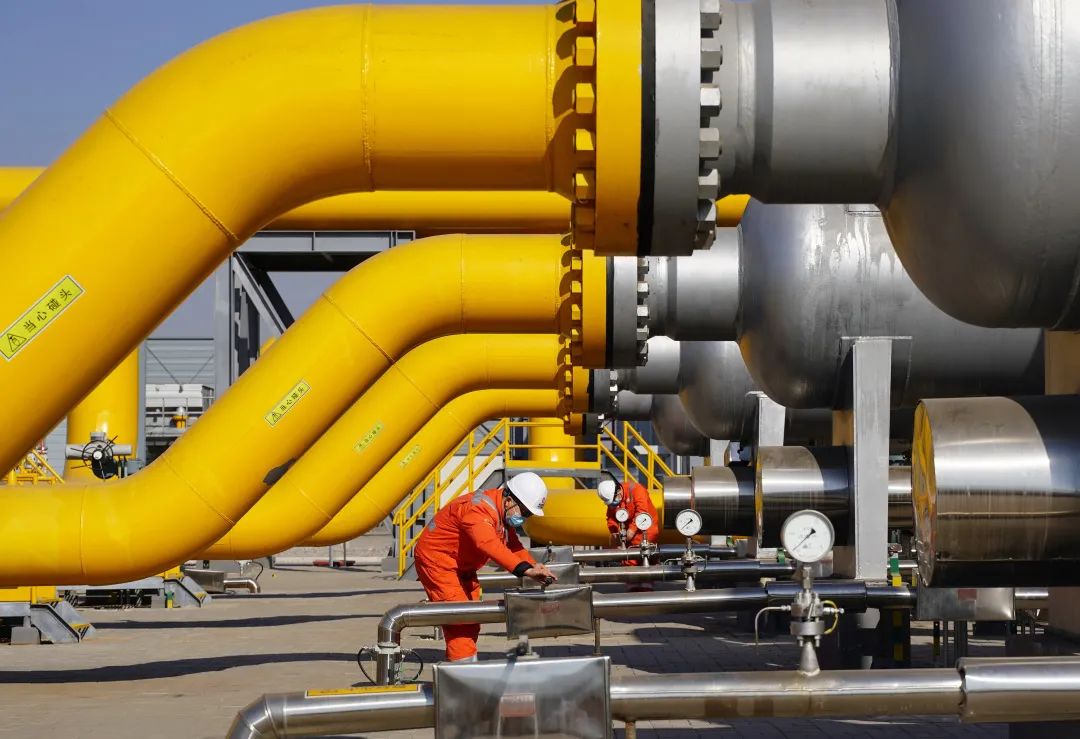
Image Source:Xinhua News Agency
On September 15, local time, the European natural gas futures price exceeded US$880 per thousand cubic meters, a record high. ICE British natural gas futures also broke through 194.94 pence/kcal, a record high. Along with the soaring price of natural gas, the cost of electricity in Europe has also risen sharply.
In Europe, the situation in the UK is the most serious. Due to its high dependence on natural gas and renewable energy for power generation, electricity prices have soared, and several small energy suppliers in the country were forced to suspend operations this week. According to CNBC reports, energy analysts believe that the record run of energy prices will not end soon, and market tensions may continue throughout the winter.
Some analysts believe that the current round of energy crisis in Europe is mainly affected by the imbalance between natural gas supply and demand. The economic restart has increased the demand for natural gas. As countries implement more environmentally friendly energy policies, Europe is competing with Asia for LNG imports. Europe consumed more natural gas reserves last winter than usual, but because global natural gas production is still affected this year, it has not been able to replenish reserves in time. Data show that European natural gas reserves are 16% lower than the five-year average level and reached a record low in September.
As an important supplier of natural gas in Europe, the United States has been affected by Hurricane Ida and Tropical Storm Nicholas, and natural gas futures prices have been at the highest level in more than seven years. On September 13, local time, the US Security and Environmental Enforcement Agency stated that after “Ada”, 43.6% of oil production capacity and 51.6% of natural gas production capacity in the Gulf of Mexico were still closed. In addition, wind speeds in the UK and northern central Europe have slowed sharply this year, and insufficient power generation from renewable energy sources such as wind energy is also one of the factors contributing to the increase in European natural gas prices.

Anti-epidemic news

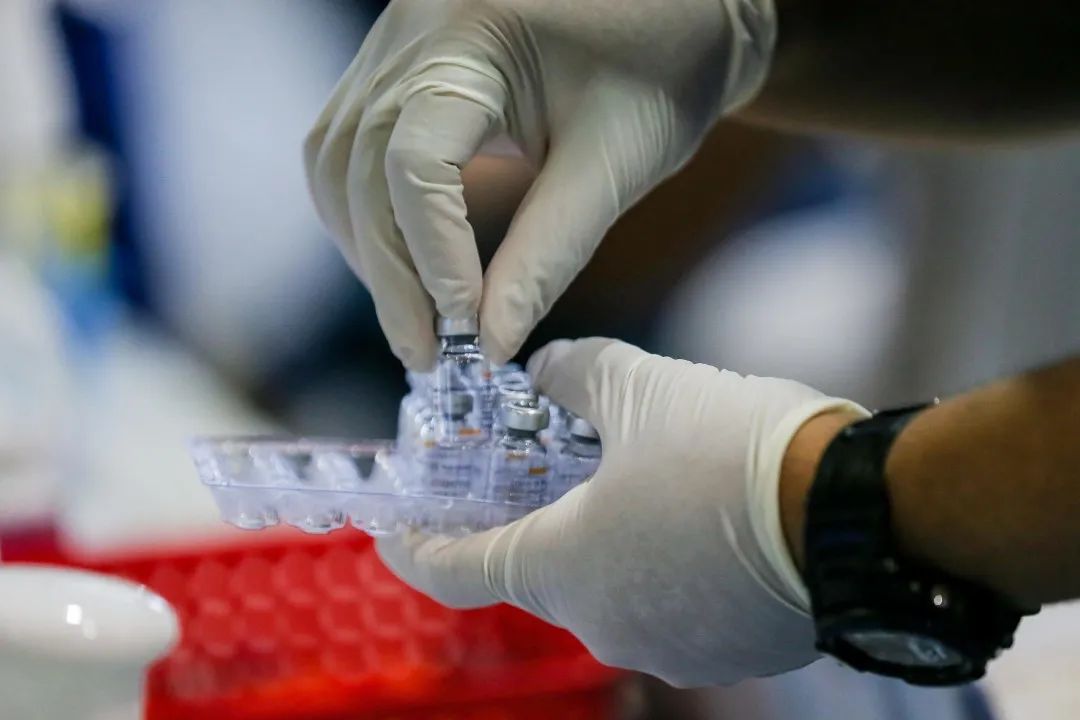
Picture source: Xinhua News Agency Umali photo
FDA recommendationsFor people over 65 and vulnerableProvide Pfizer booster
On September 17, local time, the U.S. Food and Drug Administration (FDA) Advisory Committee voted to reject a plan to provide Pfizer/BioNTech new crown vaccine booster shots to the public, but recommended for people over 65 years of age and other high-risk patients in the country. Boost injections include people with diabetes, heart disease, obesity and other comorbidities.
US media reported on September 15 local time that in a report submitted by Pfizer to the FDA, clinical data in Israel showed that six months after the second dose of vaccine, the third dose of Pfizer vaccine can protect against infection. The rate returned to 95%. However, the FDA declined to express its position on this, saying that the agency has not yet verified all available data. The FDA stated that “because observational studies do not meet the same standards as formal clinical trials, FDA staff are skeptical of the data.”
Modena data showEarly vaccination populationImmune effect may be weakened
On September 15, local time, American drugmaker Modena released more data on the new crown “breakthrough infection” cases. The company stated in a press release that among the 11,431 people who received the new crown vaccine between December last year and March this year, 88 were confirmed “breakthrough infection” cases, compared with 14,746 who were vaccinated from July to October last year. Among the trial participants, there were 162 cases of “breakthrough infection”.
The data shows that the incidence of “breakthrough infection” is lower among a group of trial participants who have recently received the new crown vaccine, indicating that the immune effect of the early immunization of the new crown vaccine has begun to weaken. In addition, there are fewer severe cases in the experimental group of people who have recently received the new crown vaccine.
UK, Italy announced“Third dose of new crown vaccine” plan
On September 14, local time, the British government announced that it would provide about 30 million people with a “booster shot” of the new crown vaccine from next week, that is, the third dose of vaccine. It is reported that those eligible for vaccination include people over the age of 50, front-line medical staff and social security workers, and young people with health problems, and they can receive the booster shot at least 6 months after the second dose of the new crown vaccine.
On September 13, local time, the Italian government decided to vaccinate 3 million immune-compromised people with the third dose of the new crown vaccine from September 20. Italian Minister of Health Roberto Speranza said that the third dose of vaccine will first be provided to people affected by the immune system, such as cancer patients and organ transplant patients, and then the third dose will be provided for nursing home population and medical staff.
Israeli research showsStrengthening the needle significantly reduces the infection rate of the elderly
Data from a short-term study in Israel shows that Pfizer/BioNTech’s vaccine booster can significantly reduce the incidence of new crown-related diseases in people 60 years and older.
Researchers from the Weizmann Institute of Science, the Technion-Israel Institute of Technology, the Israeli Ministry of Health, and Tel Aviv University compared the infection rate and morbidity of people who were vaccinated with booster shots and those who did not. The confirmed infection rate of the enhanced dose group was one-eleventh of the standard two-dose group, and the incidence of serious diseases in the enhanced group was only one-twentieth of the original.

Financial News Collection

#1
SpaceX launches the world‘s first “all civilian” spacecraft
4 people fly around the earth on the “dragon” for 3 days
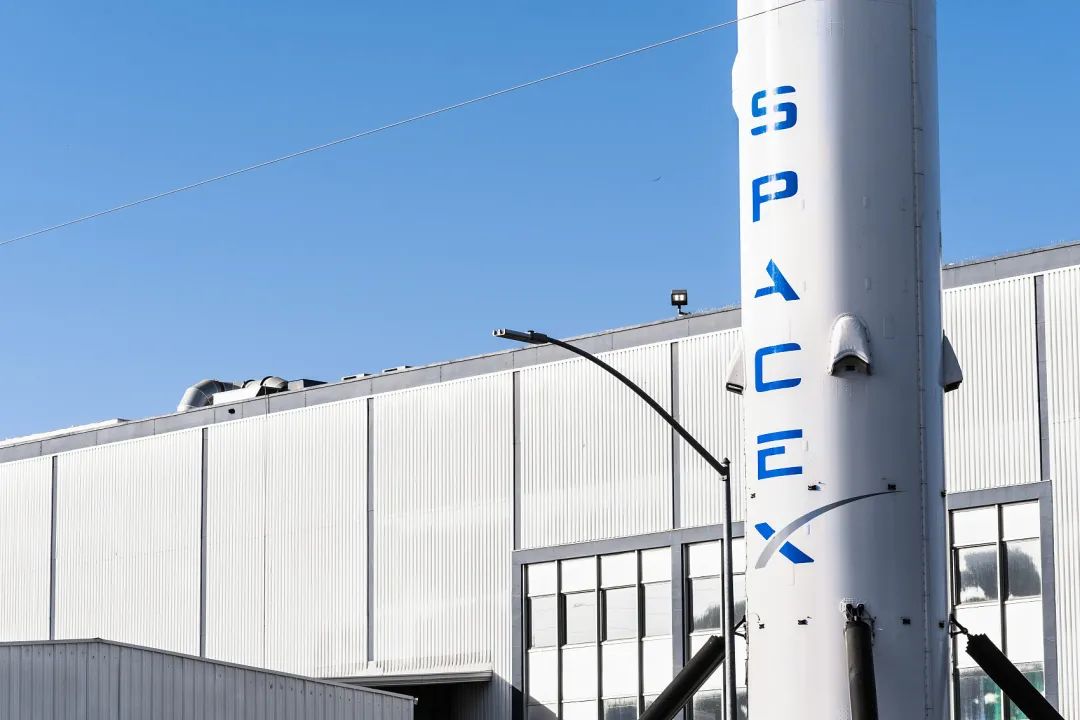
Image source: Visual China
On September 15, local time, the SpaceX “Falcon 9” carrier rocket lifted off from the Cape Canaveral space launch site in Florida, USA, sending four ordinary passengers into orbit. After flying the “Dragon” spacecraft in orbit around the earth for 3 days, they landed safely in the Atlantic Ocean near the coast of Florida on the morning of September 19, Beijing time.
This mission is called “Inspiration 4”. This is the first orbital mission ever performed by civilian crews and SpaceX’s first commercial manned mission. John Logsdon, professor emeritus of the Institute of Space Policy at George Washington University, believes that this flight marks the transition of human space flight from the public domain to the private domain.
#2
Bank of America releases list of 14 future technologies
Who is the next “Apple” or “Amazon”?
The team of Haim Israel, head of global thematic investment research at Bank of America recently released a list focusing on future technologies with disruptive potential, hoping to help investors find and grasp the next exponential growth opportunity. The list consists of 14 technologies, including technologies with strong sci-fi colors such as brain-computer interface, meta-universe, and bionic human body.
The Israeli team’s research estimates that the current market size of these 14 technologies with super potential is US$330 billion, but by the 2030s, this number may soar to US$6.4 trillion. If you invest in these areas now, you may get huge returns like early investments in Apple and Amazon. However, the inability to commercialize on a large scale, the high cost, and the regulatory constraints on the application are the main risks faced by these new technologies.
#3
Fed senior officials end up speculating in stocks Powell ordered: Comprehensive review!
On September 16, local time, Reuters quoted a Fed spokesperson as saying that Fed Chairman Powell has ordered a comprehensive review of the Fed’s senior officials holding financial assets and conducting stock transactions.
The investigation stems from recent media exposure that Robert Kaplan, Chairman of the Federal Reserve Bank of Dallas, and Eric Rosengren, Chairman of the Federal Reserve Bank of Boston, conducted frequent transactions in 2020. At the same time, three Fed officials held the same type of assets that the Fed was buying last year, including Powell.
But Reuters reported that a Federal Reserve official said that these transactions did not violate government regulations. The investigation is currently underway.
#4
Britain’s August inflation rate reached a 9-year high

Picture source: every edited by Cheng Peng
On September 15, local time, the UK announced the August consumer price index. Data show that the UK consumer price index rose 3.2% year-on-year in August, the highest increase since March 2012. The main reason was that as the government loosened control of the new crown epidemic, food, transportation, furniture and restaurant prices rose sharply from the previous month.
The Bank of England also predicts that this year’s inflation rate will rise sharply and reach a peak of 4%. Rising inflation may strengthen expectations that the Bank of England will tighten monetary policy faster than the European Central Bank or the Federal Reserve. Affected by this, the major indexes of European stock markets came under pressure that day, and luxury goods and travel stocks fell sharply.
#5
Microsoft announces $60 billion stock repurchase program
On September 14, local time, Microsoft announced the approval of a $60 billion stock repurchase program and increased its quarterly dividend by 11%. The company said that the repurchase has no deadline and may be terminated at any time. The new dividend of $0.62 per share is an increase of 6 cents from the previous quarter’s dividend. Microsoft’s last repurchase plan was in September 2019, when the scale was US$40 billion.
Affected by this news, as of the close of the U.S. stock market that day, Microsoft’s stock price has returned to near its all-time high.
#6
Renault plans to lay off 2,000 employees Accelerate the transition to electric vehicles
On September 16, local time, French car manufacturer Renault stated that it plans to cut up to 2,000 engineering and support positions in France and recruit other positions in the process of transitioning to electric vehicles.
The company said it will recruit 2,500 people in other functional departments, creating a net of 500 new jobs overall, and plans to produce 9 new models in France.


Picture source: every drawing
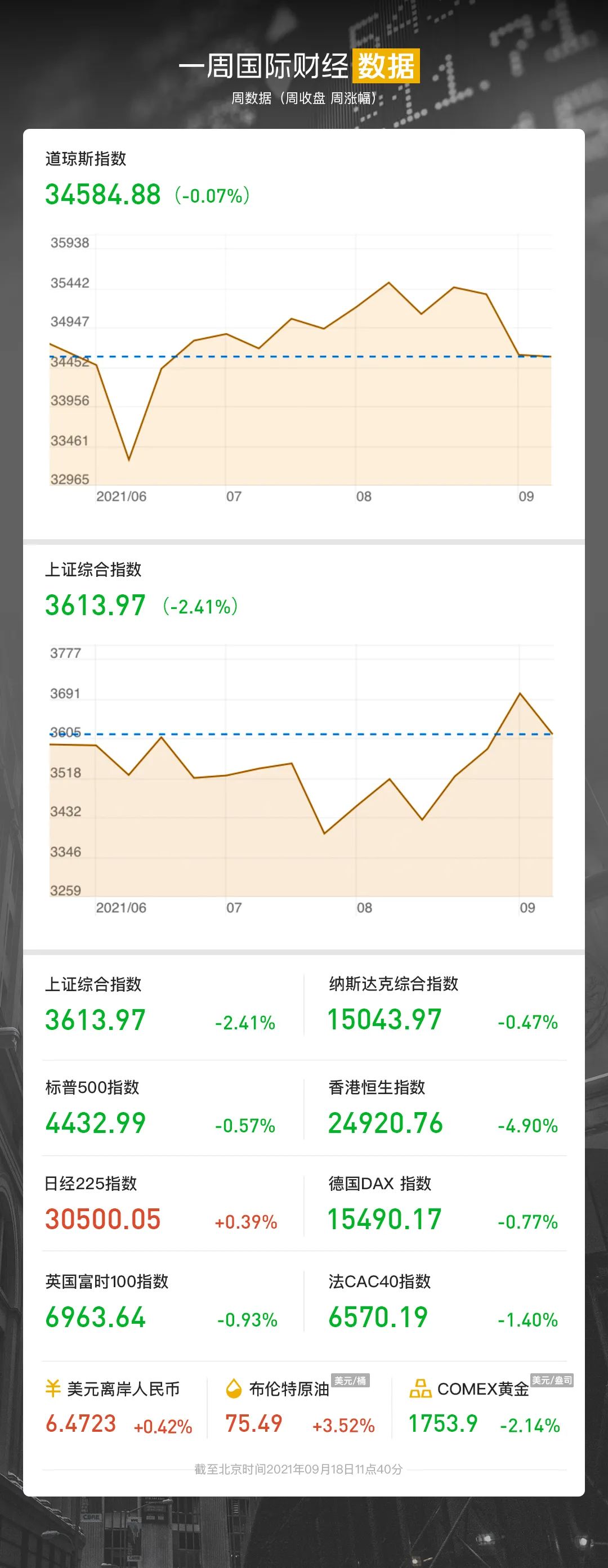
Picture source: every drawing
Reporter: Wen Qiao Lan Suying
Editor: Lan Suying
Vision: Liu Qingyan
Typesetting: Lan Suying
Cover image source: every drawing

